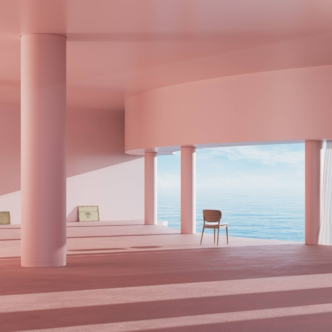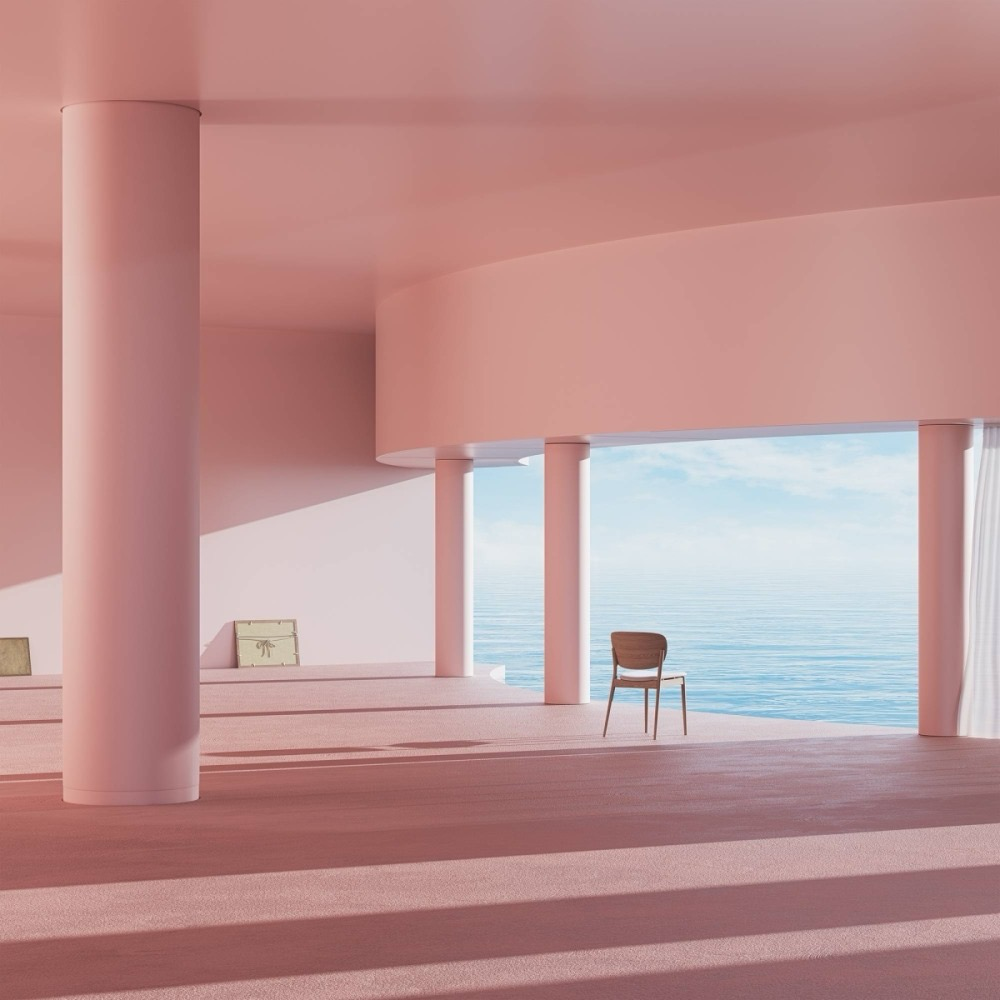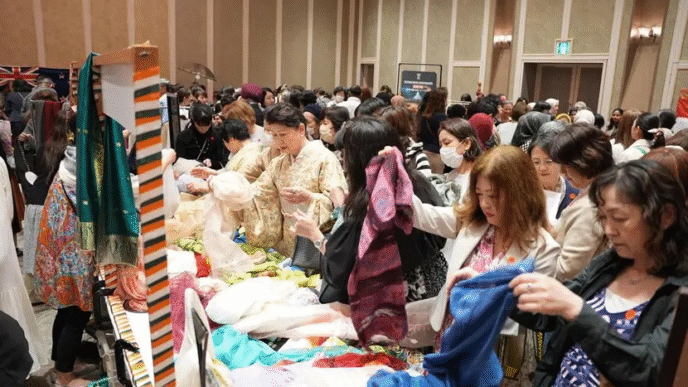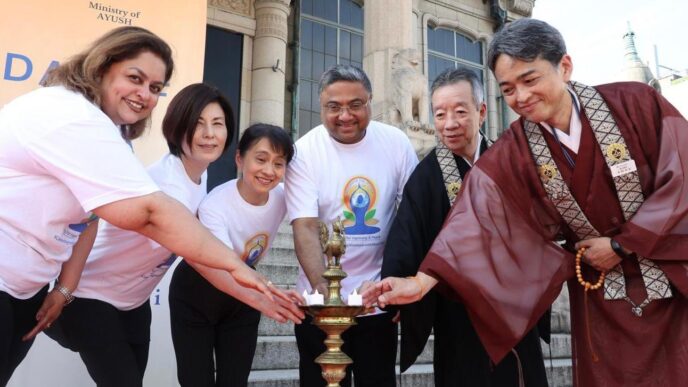The Contemplative World of Yuki Harada’s Art
Japanese contemporary artist Yuki Harada creates works that challenge the way we perceive time, memory, and disappearance. Through a combination of photography, video installations, and CGI animation, Harada invites viewers to look beyond the visible world and engage with the unseen.
Harada’s work often contemplates human existence, fleeting memories, and the inevitability of vanishing—both as individuals and as a species. His recent exhibitions, “Home Port” at the Hiroshima City Museum of Contemporary Art (Hiroshima MOCA) and “Dreams and Shadows” at Anomaly Gallery in Tokyo, showcase his artistic evolution and deep reflections on these themes.
Key Highlights of Yuki Harada’s Work
- “Shinrei-shashin” (“Ghost Photos”) (2012-present): A series exploring discarded and anonymous photographs.
- “Waiting for” (2021): A 33-hour CGI animation, listing every known animal species while showing a lifeless Earth.
- “One Million Seeings” (2021): A video work expanding on “Ghost Photos,” exploring the impermanence of visual memories.
- “Light Court” (2024): Inspired by architect Kisho Kurokawa’s design at Hiroshima MOCA, reflecting on disappearing spaces.
Exploring Vanishing Worlds Through Art
“Ghost Photos” and the Haunting Power of Forgotten Images
One of Harada’s most compelling works, “Shinrei-shashin” (“Ghost Photos”), started in 2012 and examines photographs abandoned by their original owners. These images, removed from personal narratives, take on an eerie anonymity—memories lost in time. Harada’s work suggests that just as photos fade into obscurity, so do human experiences and existence itself.
This concept expanded into “One Million Seeings” (2021), a video installation showcasing countless discarded photographs, emphasizing the ephemeral nature of memories and the passage of time.
“Waiting for” – A 33-Hour Meditation on Extinction
In “Waiting for” (2021), Harada presents a groundbreaking 33-hour CGI video that lists the names of every known animal species while portraying a barren Earth. The animation offers two perspectives—one million years ago and one million years into the future—where no living creatures remain.
This work, influenced by playwright Samuel Beckett, serves as a meditative reflection on extinction and humanity’s transient existence. The monotonous yet poetic recitation of species names highlights how life forms come and go, leaving only traces in history.
“Light Court” – Architecture and the Idea of Vanishing Spaces
Harada’s latest work, “Light Court” (2024), is based on the “Lightcourt” space at Hiroshima MOCA, originally designed by metabolist architect Kisho Kurokawa. This piece examines how spaces, like memories, fade or transform over time, mirroring the transient nature of life itself.
Harada’s Recent Exhibitions: “Home Port” & “Dreams and Shadows”
“Home Port” at Hiroshima MOCA (Nov 30, 2024 – Feb 9, 2025)
The Hiroshima City Museum of Contemporary Art recently showcased a retrospective of Harada’s works, including “Waiting for” and “Ghost Photos”. This exhibition connected themes of personal memory, historical erasure, and the future of humanity.
“Dreams and Shadows” at Anomaly Gallery, Tokyo (Until March 1, 2025)
As a continuation of “Home Port,” Harada’s solo exhibition “Dreams and Shadows” at Anomaly Gallery in Shinagawa Ward, Tokyo, expands on his explorations of impermanence and imagination. This exhibition presents new works that further challenge the boundaries of visibility and disappearance.
Why Yuki Harada’s Art Matters Today
Harada’s work resonates with contemporary themes of environmental change, digital memory, and existential uncertainty. As technology advances and human footprints on Earth become more fleeting, Harada’s reflections on vanishing people, places, and species feel more relevant than ever.
Key Takeaways from Yuki Harada’s Artistic Vision:
- Memories and objects eventually fade, leaving only traces behind.
- Human existence is fragile, and history often erases individual identities.
- Technology preserves and alters how we perceive time, space, and memories.
Conclusion: Yuki Harada’s Art as a Bridge Between Past and Future
Through his powerful installations and conceptual works, Yuki Harada continues to push the boundaries of contemporary art, asking viewers to question their place in time and history. Whether through forgotten photographs, long-duration videos, or thought-provoking installations, Harada’s work challenges us to reflect on what remains and what disappears in the flow of time.
Source: https://www.japantimes.co.jp/culture/2025/02/09/art/yuki-harada-japanese-artist/

















